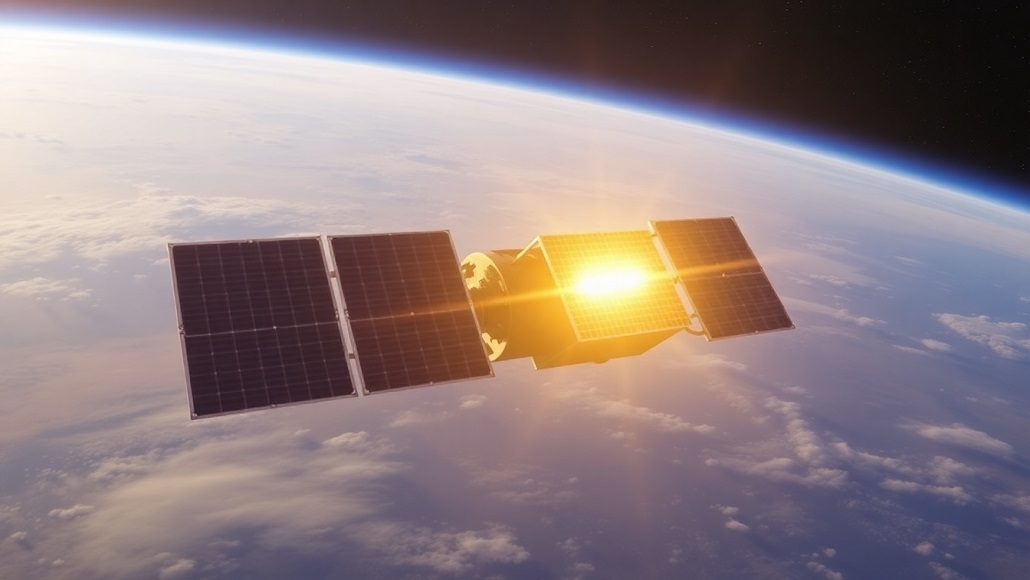Japan is gearing up to launch a spacecraft that can wirelessly transmit solar energy from orbit to Earth. The solar energy that the satellite collects will be transmitted to receivers, who will convert it into useful energy.
The project, named OHISAMA will be launched in 2025. Weighing about 400 pounds, the satellite will enter low Earth orbit at about 400 kilometers (roughly 250 miles) above the earth. Once there, it will use a two-square-meter solar panel to gather sunlight and transform it into microwave energy.
These microwaves will be absorbed and transformed back into electrical power with a series of antennas near Suwa, Japan. Just one kilowatt will be the initial output, which is barely enough to operate a washing or coffee maker for an hour.
The test’s potential success will have significant usage. This indicates as one of the first experiments that can develop into a solar power beam network that gathering solar energy in space and then delivering it to Earth.
Without being impacted by the weather, clouds, or the darkness of the Earth’s rotation, the idea might provide electricity day or night. All of these factors currently have a significant impact on how much electricity modern solar panels produce.
In 1968, Peter Glaser, a NASA engineer during the Apollo period, first proposed the concept of a solar beam that would carry energy from space to Earth. Initially, it was thought to be quite impracticable. The technology for energy transmission was still in its infancy, the satellites needed would have been massive, and the launch costs would have been prohibitive.
However, much has changed in the last ten years. The possibility of collecting solar energy in space is now much more feasible thanks to developments in lightweight materials, microwave transmission, and less expensive launch technologies. Innovations like SpaceX’s reusable rockets are largely responsible for that.
The purpose of Japan’s OHISAMA satellite is to demonstrate the feasibility of solar power beam technology. Thirteen ground receivers covering a 600-square-meter area will capture the microwaves it beams down. The experiment will evaluate the efficiency of ground equipment in receiving and converting space-based solar power into usable electricity, in addition to the accuracy of beaming that energy from orbit.
Furthermore, other countries are also pursuing this technology besides Japan. In 2020, the U.S. Naval Research Laboratory launched its own space-based solar power experiment called PRAM, and in 2023, Caltech followed with a low-cost prototype known as MAPLE. The goal of these initiatives is to verify various facets of solar energy transmission from orbit to Earth.
They are creating a future where satellites may create a worldwide solar power network. Though, there are still major obstacles to overcome. Cost is among the biggest factors. According to NASA, using space-based devices to generate electricity might cost more than ten times as much as using solar or wind power on Earth.
Given how many missions are at stake and how much of NASA’s budget is now being suggested to be slashed, it is unlikely that the agency will give any attention to this type of future solar energy concept for some time as it prioritizes other projects. Of course, others could take the space based solar power initiative to further the idea, just as they did in the past.
In order to beam solar energy to a stationary target below, a satellite traveling 17,400 miles per hour needs precise monitoring and possibly enormous receiver arrays that cover kilometers. Fortunately, OHISAMA isn’t attempting to address every one of those issues at once.
Rather, it’s building the foundation for what may eventually be a space-powered global grid. If the satellite is successful, it may eventually grow to the point where it can continuously supply renewable energy from orbit, providing a reliable and clean power source even when the sun isn’t shining on Earth.



































